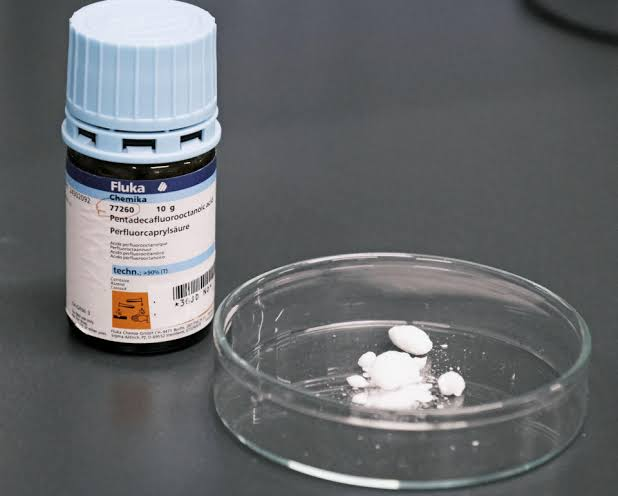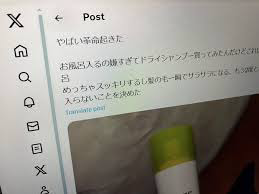What Are PFAS Chemicals and Why Should You Be Concerned?
Have you ever stopped to wonder if the water you use every day is truly safe? A recent government survey in Japan has revealed something alarming — toxic chemicals known as PFAS have been found in dangerously high amounts in rivers and underground water across the country.
These findings are raising serious concerns about public health and the safety of our environment. Let’s break it down in simple language.
What Are PFAS?

PFAS (short for per- and polyfluoroalkyl substances) are a group of man-made chemicals. You can find them in everyday items like non-stick frying pans, waterproof clothing, food packaging, and even firefighting foam. Two of the most harmful types of PFAS are PFOS and PFOA.
Here’s the scary part — PFAS chemicals don’t break down easily. They can stay in water, soil, and even our bodies for years, earning them the nickname “forever chemicals.” Over time, exposure to high levels of PFAS can lead to serious health issues such as cancer, liver problems, hormone disruption, and developmental effects in children.
What Did the Survey Reveal?
In 2023, Japan’s environment ministry conducted water quality tests at 2,078 locations across 39 prefectures. The results? Shocking.
PFAS levels exceeded the provisional safety target of 50 nanograms per liter in 242 locations spread over 22 prefectures. That’s more than 10% of all tested sites.
Want to hear something even more disturbing?
- In Settsu City, Osaka Prefecture, underground water showed PFAS levels as high as 26,000 nanograms per liter.
- In Higashihiroshima City, Hiroshima Prefecture, the level was 15,000 nanograms per liter.
That’s not just a small increase — that’s hundreds of times above the government’s limit!
What Is the Government Doing About It?
The good news is, the Japanese government isn’t ignoring the issue. The environment ministry has already taken safety measures in all the locations where PFAS levels were too high.
Residents in affected areas have been told not to drink well water. Water service operators are being asked to dilute river water before sending it to households.
But here’s a big concern — the source of PFAS contamination has only been found in 4 locations so far. That means, in over 230 places, no one knows where the pollution is coming from. Isn’t that alarming?
To prevent further risks, an expert panel has approved a new rule: the current PFAS limit of 50 nanograms per liter will become a legal standard, not just a temporary target. Regular testing of tap water will also be made mandatory from April 2026.
Why Should You Care?
This issue isn’t just about science or regulations — it’s about you and your family’s health. Clean water is something we often take for granted. But this situation reminds us how invisible chemicals can sneak into our daily lives.
Ask yourself:
- Do I know what’s in my drinking water?
- Is my area being tested for PFAS?
- What steps can I take to protect myself?
What Can You Do Right Now?
- Stay informed: Check local news or government updates about PFAS in your area.
- Use filters: If you rely on well water, use certified water filters that reduce PFAS.
- Follow guidelines: Listen to any safety advice from your local authorities.
FAQs
Q1: What are the health risks of PFAS exposure?
PFAS chemicals can build up in the body over time. Long-term exposure may increase the risk of cancer, affect the immune system, cause hormone problems, and damage the liver.
Q2: How can I reduce PFAS exposure at home?
Avoid using non-stick pans with scratched surfaces, reduce fast food packaging use, and install PFAS-reducing filters for your drinking water, especially if you rely on well or river water.
Final Thought
Water is life — but only when it’s safe. The PFAS issue in Japan is a wake-up call. Let’s stay aware, demand accountability, and ensure that everyone has access to clean, safe water. Don’t you think that’s something worth fighting for?
Source: https://www3.nhk.or.jp/nhkworld/en/news/20250425_13/
Also Read: Pahalgam attack: Global Leaders Unite with India Against Terrorism












